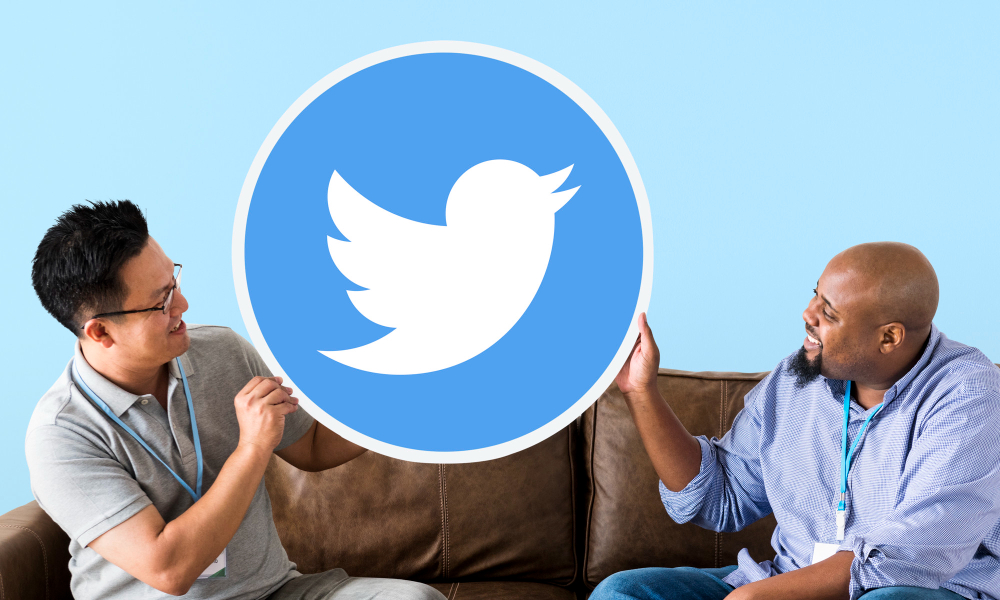It’s been over two years since South African–American entrepreneur Elon Musk, the richest man on Earth, bought the social media platform Twitter for 44 billion dollars. Since his doing so, any actions taken in order to change the app have been met with intense controversy.
Nine months after the purchase, hushed whispers and rumors of a complete rebrand came to fruition. Twitter became X, and in the process lost all the personality that it had obtained over the 15 years of runtime. The bluebird that chirped everytime one received a notification was removed, alongside popular features such as Twitter circle, where users could select which of their mutuals were allowed to see their specific tweet.
Many more features were disposed of, for which Musk gave no sensible reasoning at all. The ability to see someone’s likes were removed, which conveniently happened a mere few days after Musk was caught liking sexually explicit posts.
Despite Musk’s grand vision for X, describing it as “the everything app,” capable of merging services like payments, messaging, and shopping, the rebrand has failed to inspire satisfaction amongst its user base. Longtime Twitter users lament the loss of the platform’s simplicity and familiarity, some even shutting their account down. Newer users recount their struggle to connect with the scattered and inconsistent updates.
A significant point of contention has been the introduction of the subscription-based “X Premium” (formerly Twitter Blue), which grants the subscriber a blue checkmark. While Musk promoted it as a way to “democratize” the platform and reduce spam bots, critics argue it has done the opposite, creating a hierarchy that privileges paying users while eroding trust in content verification. Bots that have acquired the X Premium promote NSFW pictures and Onlyfans accounts under nearly every popular tweet… I mean post… making it unbearable to read further into any replies. Previously, the exclusive checkmark symbolized credibility and public relevance. Now, it is seen as a marker of paid membership, blurring the lines between authentic and inauthentic content.
Additionally, advertisers—once the financial backbone of the platform—have been steadily pulling back due to the uncertainty of Musk’s leadership and the loosening of content moderation policies. Under Musk, X has become a platform where controversial and harmful content is more visible and allowed to be promoted, alienating both brands and users. One of the largest scandals surrounding the 2024 election was Musk’s continuous endorsement of Trump’s campaign, where he would post falsehoods surrounding the opposing party to his staggering 212.7 million followers. Following the site’s radical political content, toleration of racial slurs, and the spreading of harmful content, Musk began to explore alternative revenue streams, but these efforts have yet to stabilize the platform’s finances.
Musk, who often dismisses critiques of his amplifying of divisive rhetoric have led many to question whether X is truly a space for open discourse or simply a megaphone for its owner. This dynamic has eroded the sense of community that Twitter once fostered, with many users migrating to alternative platforms such as Mastodon, Bluesky, and Threads.
Looking ahead, the future of X remains uncertain. While Musk’s rebrand and sweeping changes have undeniably reshaped the platform, the question remains: will it emerge as a bold reinvention of social media, or will it serve as a cautionary tale about the perils of vigorous ideas with little to no planning or consideration of its users? Only time will tell if X can reclaim the trust and relevance it has lost—or if it will be remembered as the failed vision of the world’s most controversial businessman.

